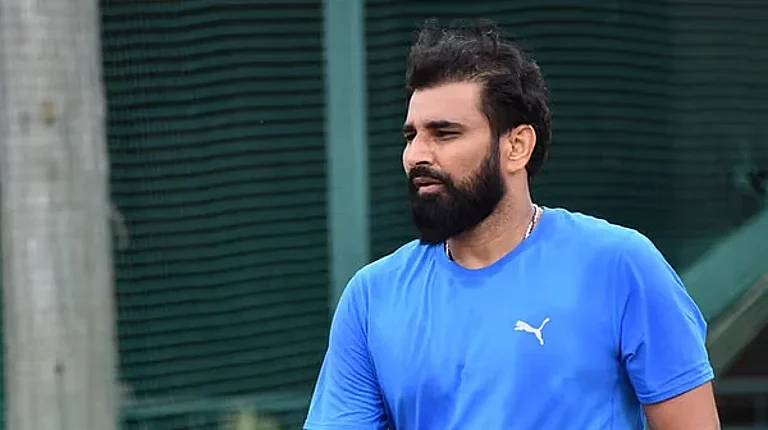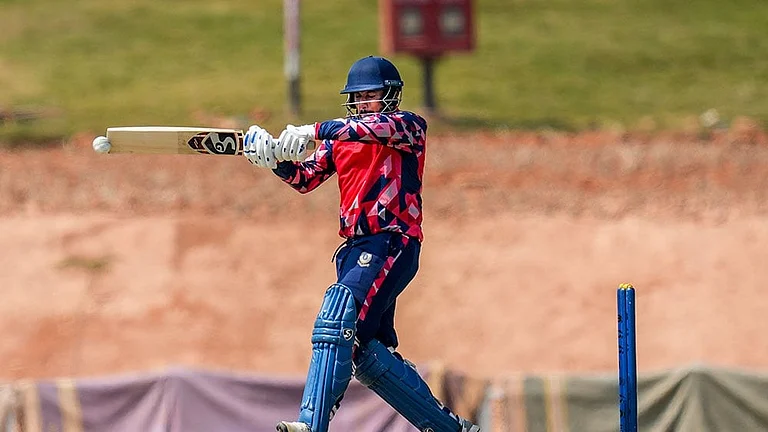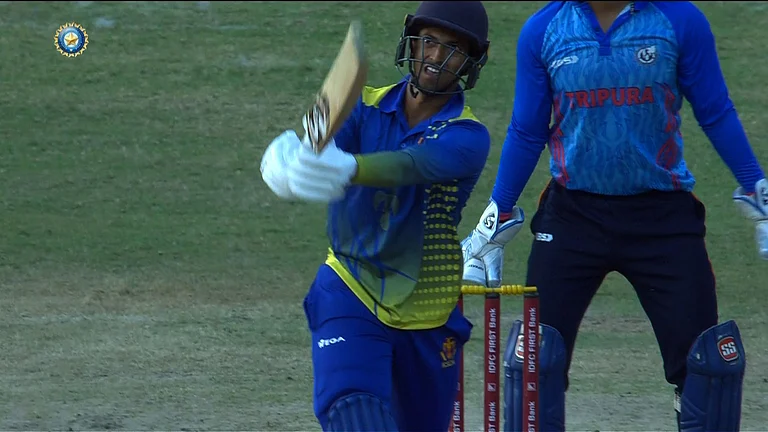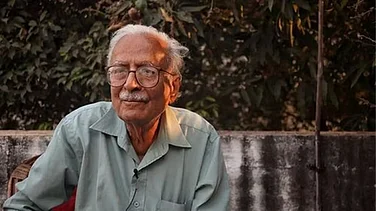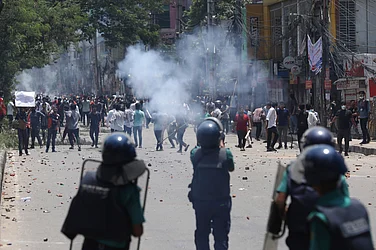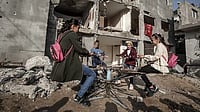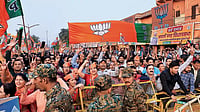Mumbai’s crisis response mechanism and disaster management system were relatively more efficient on July 13 than during previous terror attacks on the city. But, were they really? The jury is still deliberating.
Comparisons to the sluggish response during the 26/11 attacks have been made, by both the authorities and sections of the media, to evidence the supposedly improved state of readiness of both state and city administrations. Within hours of the blasts, Union home minister P. Chidambaram, Maharashtra chief minister Prithviraj Chavan, Mumbai police commissioner Arup Patnaik made appearances either at the blast sites or on television—in shows of control. The control rooms at the police headquarters and Brihanmumbai Municipal Corporation headquarters were quickly activated to streamline rescue and relief operations. The increased visibility of command and authority structures was a welcome change from the images of a stunned administration on 26/11, say former bureaucrats. “The CM and CP were there, so it seemed like someone was in control,” says D.M. Sukhthankar, former chief secretary, “but the question is whether it meant more efficiency at the ground level.”
Victims’ bodies were picked up by volunteers and bystanders ferried survivors to hospitals. The injured were shunted between hospitals even though south Mumbai has the most government hospitals in the city. Families and friends had to run from one hospital to another all night, searching for their kin or dear ones, in the absence of lists at hospitals. As in the past, Good Samaritans pitched in, jumping over shards and shrapnel in the incessant rain.
South Mumbai MP Milind Deora insisted that “some systems and processes are in place now”, but with the experience drawn from dealing with nearly a dozen terror attacks in 18 years, the administration should have done better.








